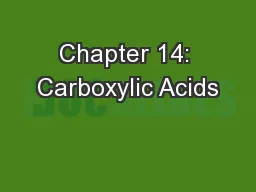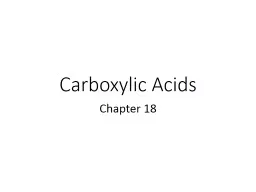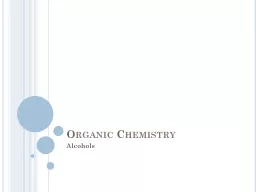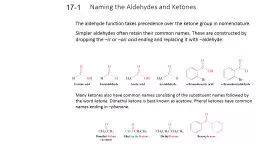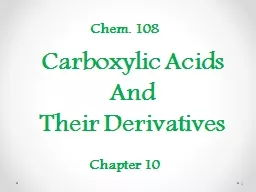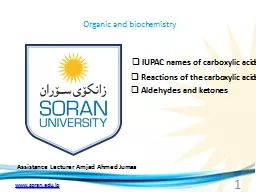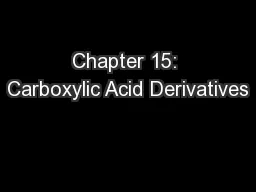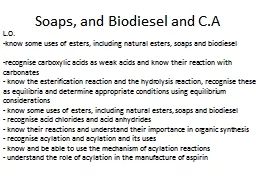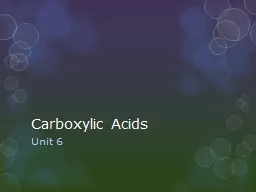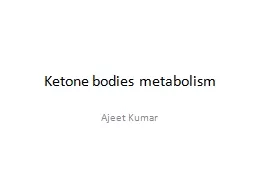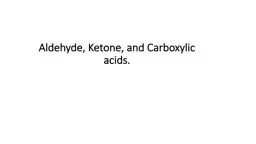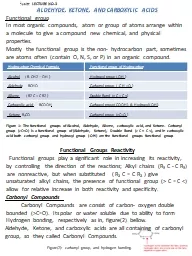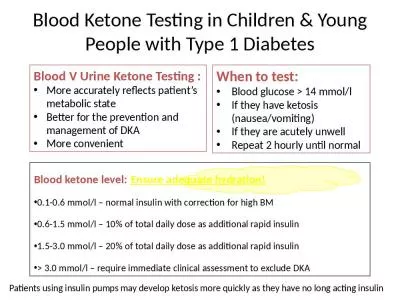PPT-Lecture No.2 Aldehyde, Ketone, and carboxylic acids
Author : PriceOfFreedom | Published Date : 2022-07-27
Lecture No2 Aldehyde Ketone and carboxylic acids List of contents Aldehyde Ketone and carboxylic acids The carbonyl group Carbonyl Compounds Aldehydes and Ketones
Presentation Embed Code
Download Presentation
Download Presentation The PPT/PDF document "Lecture No.2 Aldehyde, Ketone, and carbo..." is the property of its rightful owner. Permission is granted to download and print the materials on this website for personal, non-commercial use only, and to display it on your personal computer provided you do not modify the materials and that you retain all copyright notices contained in the materials. By downloading content from our website, you accept the terms of this agreement.
Lecture No.2 Aldehyde, Ketone, and carboxylic acids: Transcript
Download Rules Of Document
"Lecture No.2 Aldehyde, Ketone, and carboxylic acids"The content belongs to its owner. You may download and print it for personal use, without modification, and keep all copyright notices. By downloading, you agree to these terms.
Related Documents


